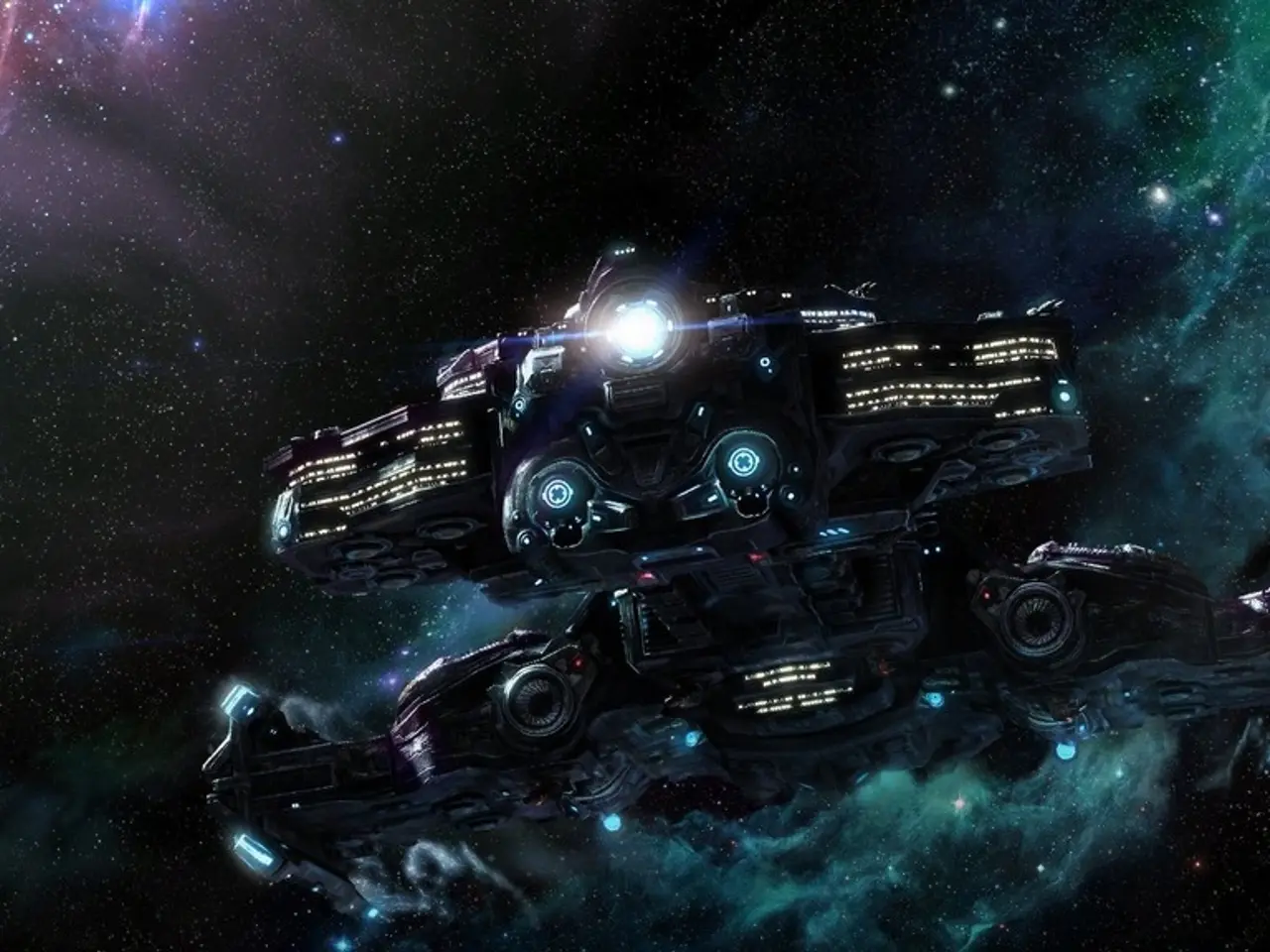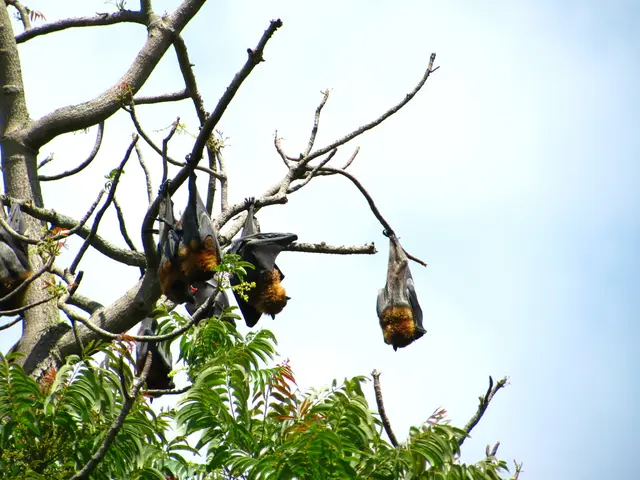Soar through a 3D journey across the Galaxy, exploring it from a celestial perspective. A novel map reveals the Milky Way's appearance from an external viewpoint.
The European Space Agency's Gaia mission has revolutionised our understanding of the Milky Way, providing the most accurate 3D map ever made of our galaxy. This groundbreaking achievement offers astronomers a unique opportunity to delve deeper into the mysteries of giant O-type stars and the processes that shape our local galactic environment.
Launched in December 2013, Gaia gathered data on over a billion stars throughout its mission, which ended in January 2025. The mission's fourth data release, set to be unveiled soon, will contain data of even better quality and quantity, further advancing our knowledge of star-forming regions.
The 3D map, stretching out to a distance of 4,000 light-years from our Solar System, includes 3D views of well-known celestial wonders such as the Gum Nebula, the North America Nebula, the California Nebula, and the Orion-Eridanus superbubble. The Sun is located in the centre of the map.
Gaia's 3D maps reveal the motions and positions of millions of nearby stars, including 87 young, massive, and extremely hot O-type stars. These stars, which ionize the hydrogen gas surrounding them, have been observed to have broken open some clouds in star-forming regions, allowing gas and dust to stream into huge cavities.
The 3D map was created using Gaia's measurements of stellar positions and the 'extinction' of stars, a phenomenon that occurs when light is absorbed by interstellar dust. This data, complemented by high-resolution surveys and molecular cloud studies from new advanced ground-based telescopes like the upcoming FYST telescope in Chile, offers a detailed look at the processes shaping our galaxy.
Adaptive optics and new imaging technologies developed at observatories like the Thüringer Landessternwarte have also helped improve spatial resolution for detailed stellar and gas mapping beyond Gaia's capabilities. This allows scientists to map the location of stars and interstellar material near the Sun with unprecedented accuracy.
The Gaia mission also observed the Webb Telescope, marking a significant milestone in astronomical collaboration. The new 3D animated map of a star-forming region in the Milky Way offers a breathtaking glimpse of our galaxy from an outside perspective, providing astronomers with a wealth of new insights and opportunities for further exploration.
As plans are underway to extend the map to cover an even larger region of our Galaxy, the Gaia mission's legacy will continue to shape our understanding of the Milky Way for years to come.
Read also:
- Boston Metal pioneers route to commercial production for eco-friendly steel method
- United States Secures $632 Million to Fuel Electric Vehicle Revolution
- Clean energy companies HyFlux and AMRC secure financing from ATI for game-changing advancements in aeroplane cooling systems linked to clean aviation.
- DKSH Upgrades Distribution Operations Through Significant Technological Renovation








